“Psycho’s” terrorizing shower sequence comes alive in 4K
- Bill Kelley III

- Sep 5, 2020
- 4 min read
Updated: Aug 15, 2022
4K ULTRA HD REVIEW / HDR FRAME SHOTS

Hitchcock’s original edit has been included for the first time, featuring 18 additional seconds. Five of those seconds are during the shower sequence.
(Click an image to scroll the larger versions)

“PSYCHO: 60th ANNIVERSARY EDITION”
4K Ultra HD, Blu-ray, Digital copy; 1960; R for violence; Streaming via Amazon Prime Video, Apple (4K), FandangoNOW, Google Play, Movies Anywhere (4K), Vudu (4K), YouTube (4K)
Best extra: Commentary with author Stephen Rebello (“Alfred Hitchcock and the Making of Psycho”)
INITIALLY, Alfred Hitchcock wanted “Psycho’s” notorious shower sequence to play without music. He changed his mind when composer Bernard Herrmann - who scored Hitchcock’s last five films - played him the scene synched to the scariest cue music ever recorded for a motion picture. An ensemble of strings struck the chilling shriek as Norman Bates pulled back the shower curtain.
Also, concerned that the violence and blood would be too intense in color on his 47th film, Hitch decided to shoot the horror in black and white.
“Psycho” is sold separately in 4K Ultra HD, or part of the fabulous “The Alfred Hitchcock Classics Collection” (Amazon purchase) with “Rear Window” (1954), “Vertigo” (1958), “Psycho” (1960), and “The Birds” (1963). Each of the films has been meticulously restored and mastered in TRUE 4K from the original camera negative and the best sources available.
The only negative is that the eight discs are sardined into the nicely designed hard cardboard housing, which could damage the discs. You’re bound to get fingerprints on the discs trying to get them out of the slots.
(1) Friday - December 11 just before 3 p.m. in downtown Phoneix and Marion Crane (Janet Leigh) tells Sam Loomis (John Gavin) their relationship must change. (2) Late Friday afternoon, Marion decides to drive to Fairvale, California (a fictional small town in Northern California, created by author Robert Bloch) to visit Sam, who took a flight back and operates a small hardware store. The Bates Motel is located approximately 20 miles from town on the old highway.
VIDEO
Universal Studios rescanned the original camera negative and the next best source when needed and then mastered in TRUE 4K, for the 60th Anniversary Edition on 4K Ultra HD and Blu-ray. The natural film grain is more pronounced on the 4K/HDR10 toning, while also producing a balance gray-scale. The shadows are deep and dark without losing clarity – a key to “Psycho’s” gothic mood, while the mid-tones are more defined and with controlled highlights.
The 4K also extracts a slight increase of fine detail with facial marks, Marion’s undergarments, and the architectural structure of the distant hillside Bates home. At the 10 minute mark, the overall sharpness drops a notch as the original negative must have been damaged, as the substitute source fills the gaps. Those lesser gaps are few and far between and may not be noticed by an untrained eye.
Universal should be saluted for first-class work with one of their most treasured classics.
AUDIO
The 4K and Blu-ray both include a new eight-channel DTS:X soundtrack for your height speakers, sprinkled with traffic noise, rain to fill your theater room, while Herrmann’s score has never sounded better. For the traditionalist, the promised original 2.0 mono DTS-HD track featured on the 2012 Blu-ray is not included. What’s been manufactured is a two-track mono version from the recreated 5.1 sound space created for its 50th anniversary. Some folks will be upset, while others will be more engaged with the deeper bass response and greater separation between dialogue, music, and effects.
EXTRAS
The 4K disc and Blu-ray both include carryover bonus features from previous editions including the excellent commentary. From the get-go, Rebello provides an endless stream of factoids and backstories. The film opened in June 1960, and “the movies haven’t been the same since,” says the author. “It’s scary, groundbreaking and entertaining,” and became Hitchcock’s most famous and biggest box office success. It was called “A true cultural phenomenon” and the first modern horror thriller. Rebello says it has evoked comparisons to the works of Shakespeare, Poe, the Bronte’s, Robert Louis Stevenson, the symphonies of Stravinsky, and “that’s just the tip of the iceberg.”
“Psycho” was nominated for four Academy Awards for Best Director (Hitchcock), Best Supporting Actress (Leigh), Best Cinematography, Black-and-White (John L. Russell), and Best Art Direction (Joseph Hurley, Robert Clatworthy, George Milo).
Hitchcock called “Psycho” his “30-day picture,” with principal photography starting November 11, 1959, and finished February 1, 1960, with a number of days off for the holidays. To keep the cost down, Hitchcock used his production crew from the “Hitchcock Presents” TV show. They storyboarded every scene and camera angle. Plus, “Psycho” is the first American film to show a toilet on screen, as Marion flushes down an important piece of evidence.
Rebello still remembers that day he saw “Psycho” with moviegoers in the 1960s. “I can still hear the uneasiness,” he says, as Marion turned on the water in the shower. “After the very adult opening sequence and the flushing of the toilet, it was as if Hitchcock was announcing to the audience to watch out anything goes. And, that message rippled through the audience like an earthquake.”
Still today, the shower sequence is considered one of the “all-time brilliant and iconic sequences in the history of film,” Rebello says.
Additional extras: The Making of “Psycho,” “Psycho” Sound, In the Master’s Shadow: Hitchcock Legacy, Hitchcock/Truffaut 1962 audio interview, newsreel footage from the opening, The Shower Scene with and without music, Saul Bass storyboards, archive photographs, lobby cards, and trailers.
– Bill Kelley III, High-Def Watch producer
59 HDR frame shots from the Shower Sequence


“We all go a little MAD sometimes.” – Norman Bates
(1) Norman is shocked by what his mother has done. (2) The Bates house was designed in classic “California Gothic” and was the production's biggest expense at $15,000.


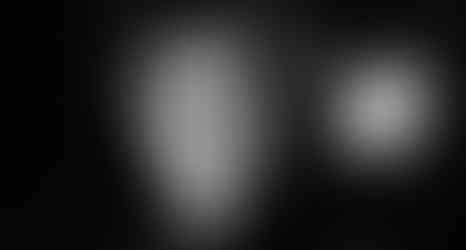



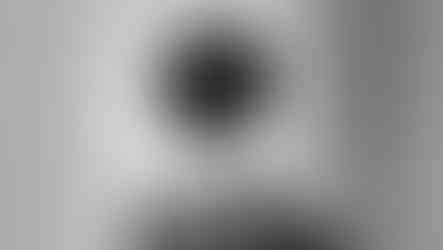

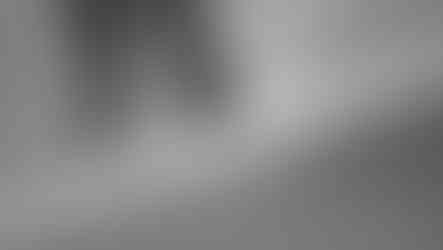








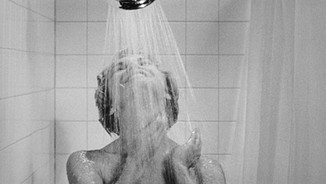










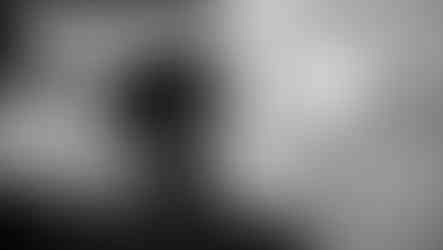




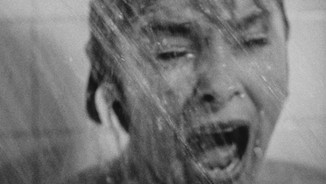

























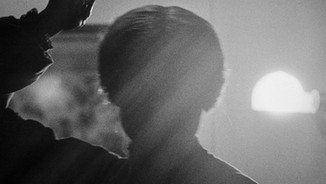

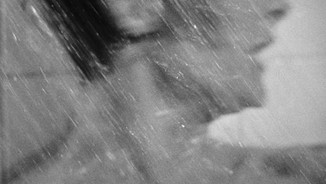




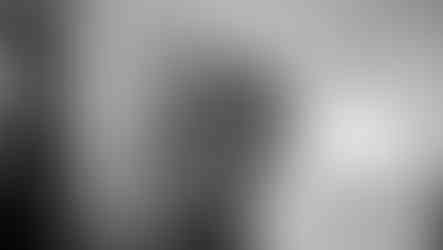












































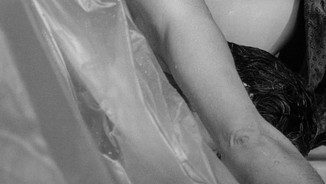















Comments